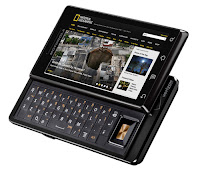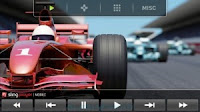 Ahh, so my phone just downloaded and installed Android 2.2 (code name Froyo) the other day. Not only does Froyo update enable native USB tethering and getting faster system performance With Android 2.2 loaded on my Droid, You are now able to start playing with Adobe’s Flash 10.1 Player. It’s not as simple as going to Adobe’s website and downloading the beta version of their Android-based Flash player, but within a few minutes even a novice can have flash up and running.
Ahh, so my phone just downloaded and installed Android 2.2 (code name Froyo) the other day. Not only does Froyo update enable native USB tethering and getting faster system performance With Android 2.2 loaded on my Droid, You are now able to start playing with Adobe’s Flash 10.1 Player. It’s not as simple as going to Adobe’s website and downloading the beta version of their Android-based Flash player, but within a few minutes even a novice can have flash up and running.
Here’s the deal. You have to have Android 2.2 OS installed on your phone of choice in order to install the Flash player. Finding the Flash 10.1 Player download link was the hardest part for me. That’s linked from the bottom of this post, you have to have to download the installation file to your handset. After downloading the .apk file, you can install the Flash-playing software directly from the phone itself. Alternatively, you can download the .apk file to your desktop and transfer the file to your Motorola Droid.
In order to install flash 10.1 You’ll also have to configure your Android 2.2 Froyo system to accept installation files from “unknown sources.” Do this by navigating to Settings > Applications and check the box for “Unknown Sources.”
If you’re ready to make the upgrade, simply download the Flash 10.1 Player apk file below you’re on your way!
Adobe Flash 10.1 Player beta installation file
[via: intomobile]



